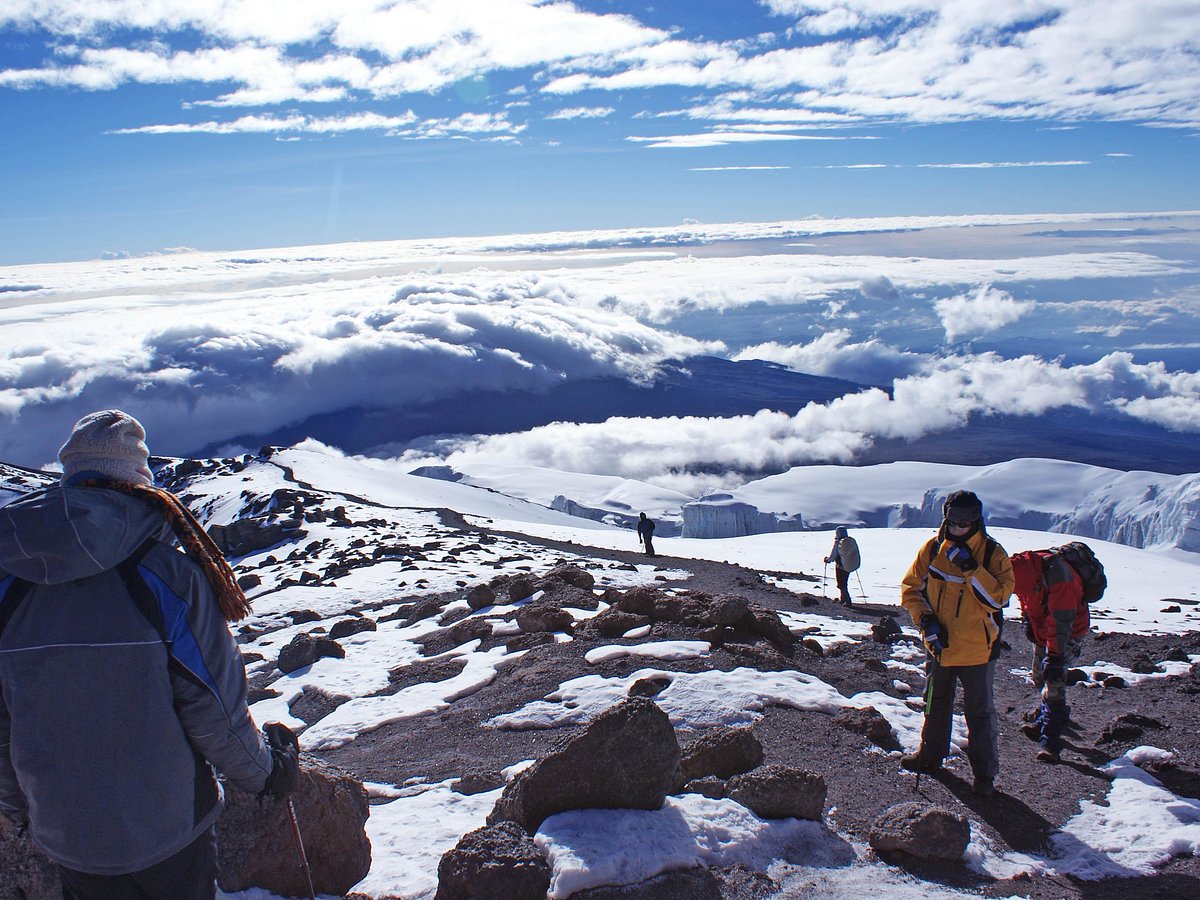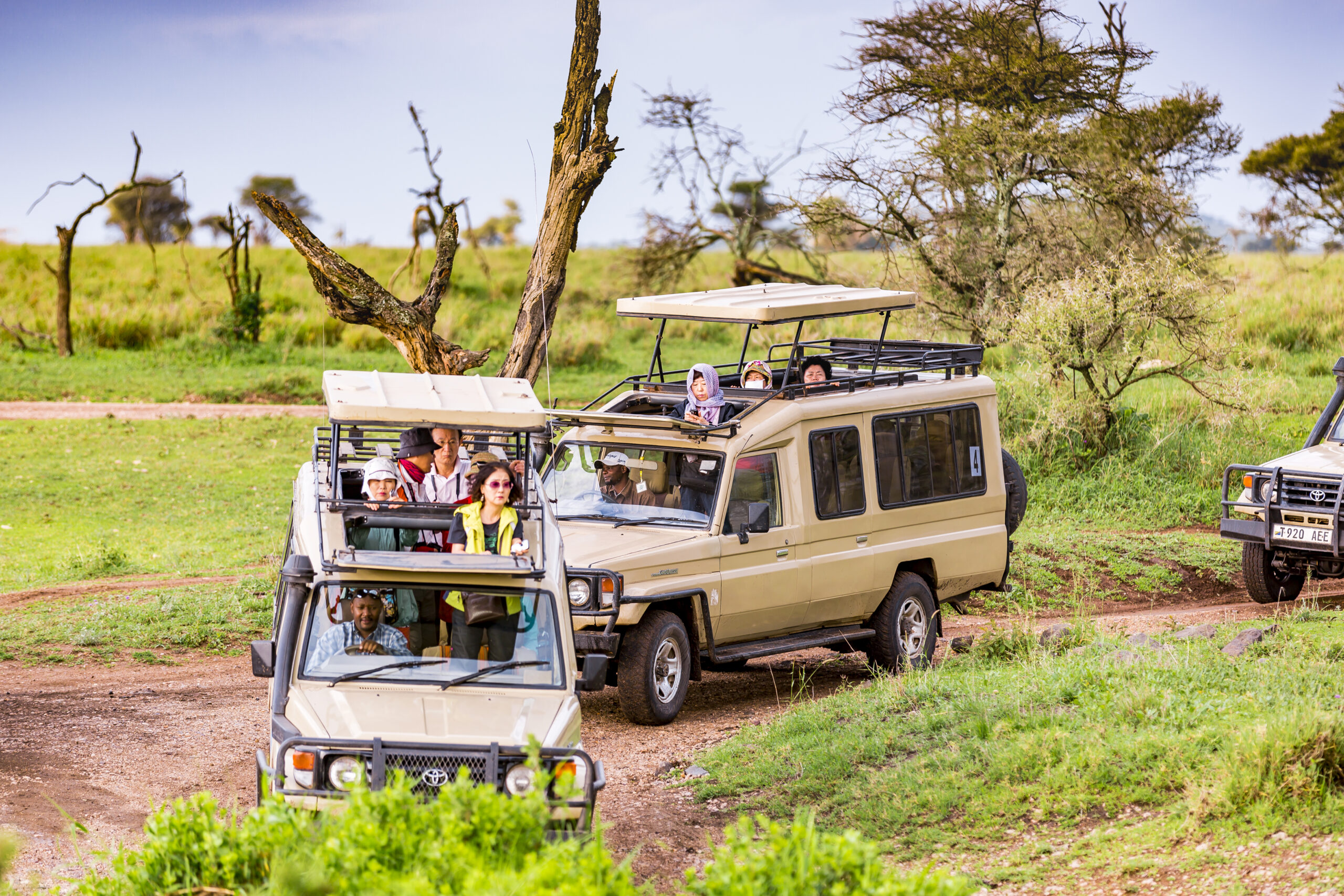Physical & Altitude Training
Home » Physical & Altitude TrainingKilimanjaro Gear
Having the right gear is essential for comfort, safety, and success when climbing Mount Kilimanjaro. The mountain takes you through various climates, from warm rainforest to icy summit conditions, so layering and quality equipment are key.
Essential Clothing
Base Layers: Moisture-wicking thermal tops and bottoms to keep sweat away from your skin.
Mid Layers: Fleece or down jackets for insulation.
Outer Layer: Waterproof and windproof jacket and pants.
Trekking Pants & Shirts: Quick-dry materials for comfort.
Warm Accessories: Gloves, hats, neck gaiters, and thermal socks.
Footwear
Hiking Boots: Sturdy, waterproof, and well broken-in to prevent blisters.
Camp Shoes: Lightweight sneakers or sandals for evenings.
Gaiters: To keep dirt, snow, and stones out of your boots.
Gear & Accessories
Backpack (30–40 liters) for daily essentials.
Sleeping Bag rated for sub-zero temperatures.
Trekking Poles to reduce knee strain.
Headlamp with extra batteries.
Hydration system (CamelBak or water bottles) carrying at least 3 liters.
Sunglasses with UV protection and sunscreen.
Personal Items
First aid kit, blister care, and personal medications.
Snacks for extra energy.
Camera or phone with power bank.
Wet wipes and toiletries.
Physical & Altitude Training
Climbing Mount Kilimanjaro is not a technical climb, but it is physically demanding. The trek takes you from warm tropical conditions to freezing high-altitude environments in just a few days. To increase your chances of reaching the summit and enjoying the journey, proper physical preparation and an understanding of altitude are essential.
1. Why Training is Important
Endurance: The trek involves 5–8 hours of walking daily, and up to 12–14 hours on summit night.
Strength: Carrying yourself and your daypack uphill for days requires strong legs, core, and back.
Altitude Adaptation: The higher you go, the less oxygen there is; training helps your body cope better.
2. Physical Training Plan
Aim to start training at least 8–12 weeks before your climb.
Cardio Training (3–4 times per week): Hiking with a loaded backpack, brisk walking, jogging, cycling, swimming, and stair climbing.
Strength Training (2–3 times per week): Squats, lunges, step-ups, planks, crunches, and light weightlifting.
Flexibility & Recovery: Stretch after workouts, do yoga, or mobility exercises.
3. Hiking Practice
Take weekend hikes to simulate trail conditions, wear your Kilimanjaro boots to break them in, and practice carrying a 5–7 kg daypack for long distances.
4. Altitude Training
Kilimanjaro’s highest point, Uhuru Peak, is 5,895 meters (19,341 ft). At this height, the air has about 50% less oxygen than at sea level.
Tips to Prepare: Walk slowly to conserve energy, hike at high elevations if possible, do interval training, stay hydrated (3–4 liters daily), and practice deep breathing techniques.
5. On the Mountain – Coping with Altitude
Go “Pole Pole” (slowly), use acclimatization hikes, and report any signs of altitude sickness (headache, nausea, dizziness) to your guide immediately.
Sample 8-Week Training Schedule
Weeks 1–4: 3 cardio sessions (30–45 mins), 2 strength sessions, 1–2 hikes (3–5 hours).
Weeks 5–8: 4 cardio sessions (45–60 mins), 2 strength sessions, 1 long hike (6–8 hours), and early morning cold hikes to simulate summit night.
Final Advice
Fitness doesn’t guarantee summit success, but it boosts your chances and makes the climb more enjoyable. Train consistently, stay positive, and prepare for the adventure of a lifetime.
Explore other options
Plan and book your trip with Lumara Migration Safaris
Your dream African adventure starts here. From thrilling safaris and cultural encounters to serene beach escapes, let our expert team craft a personalized experience just for you.






